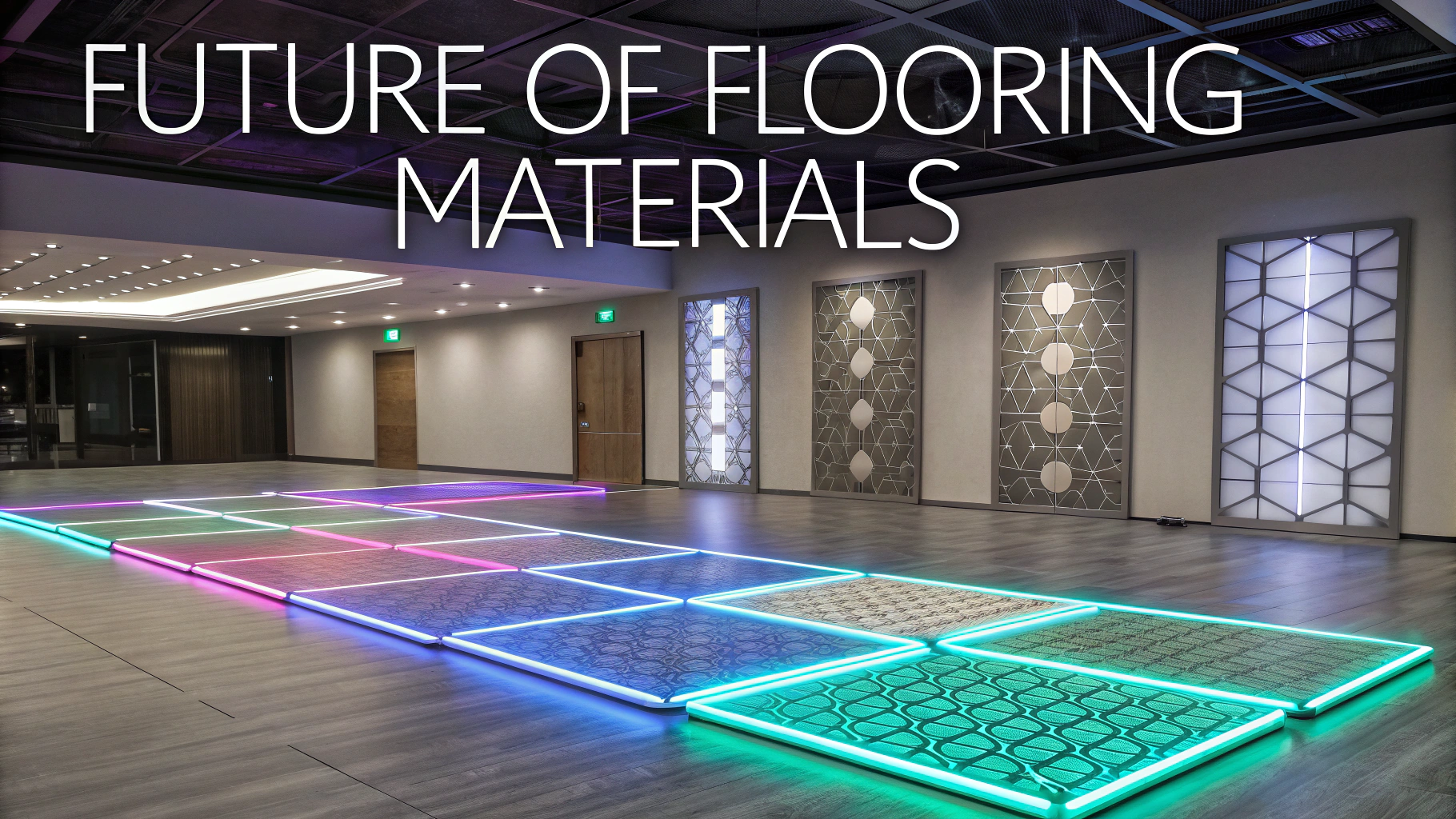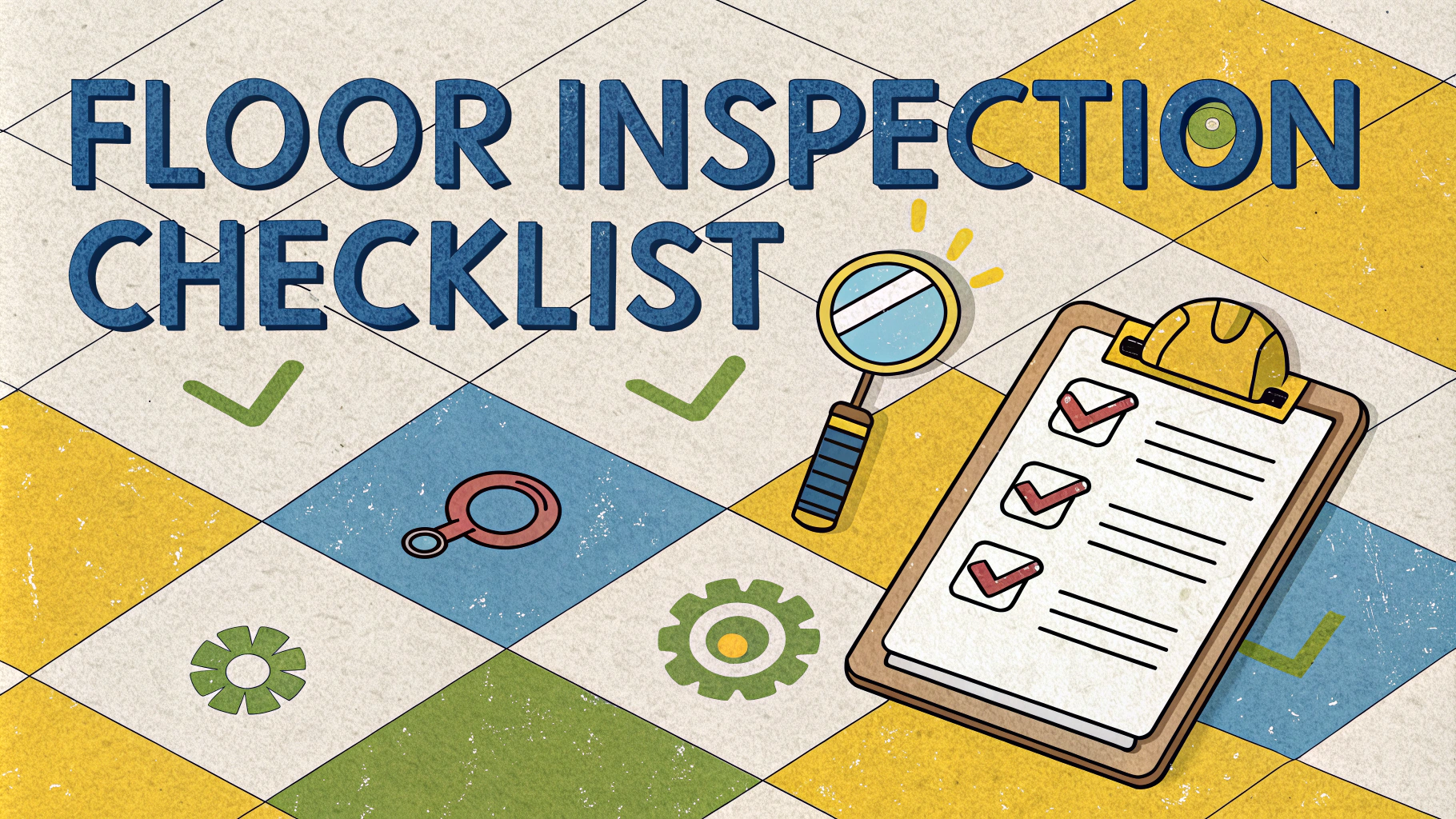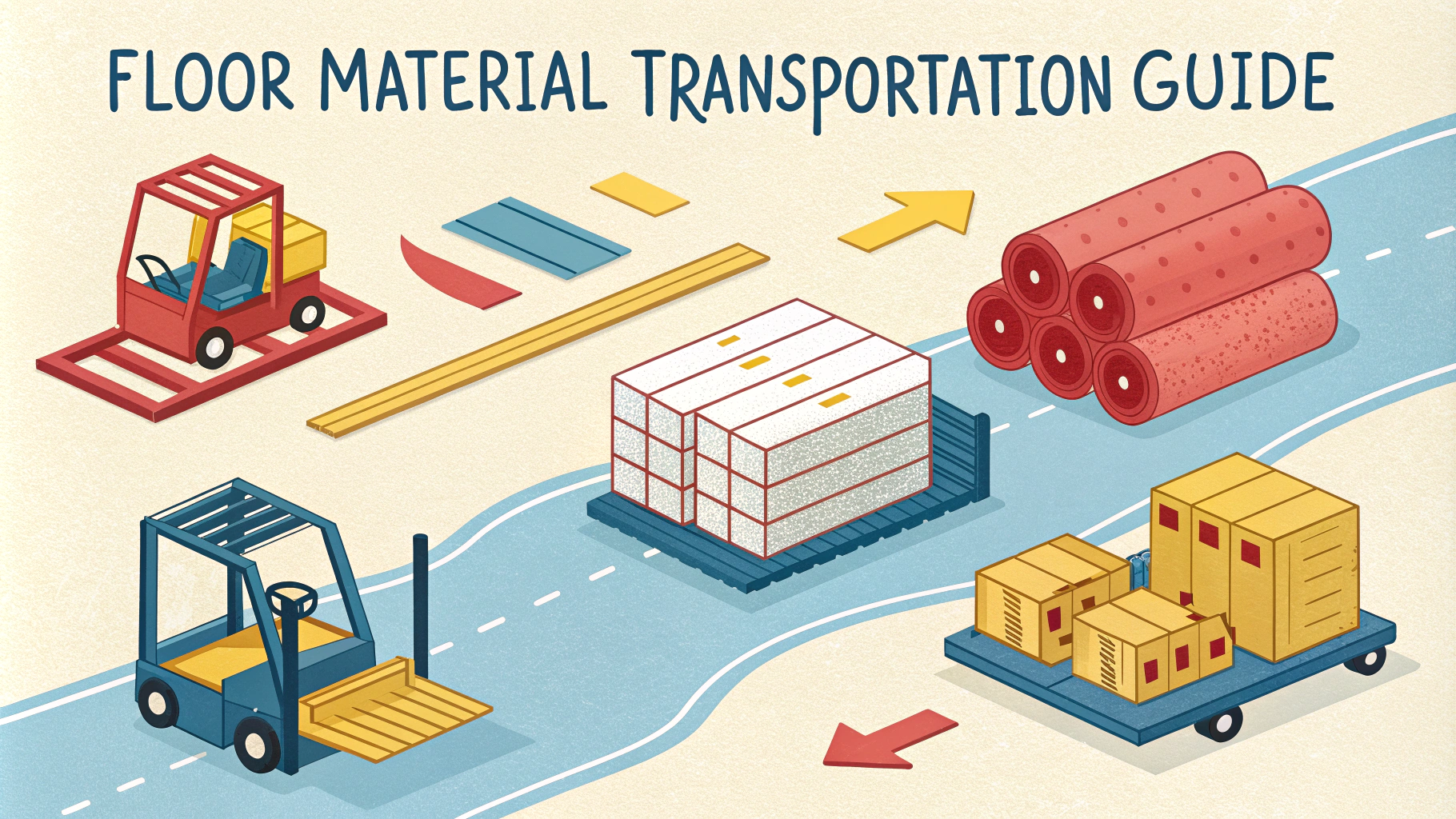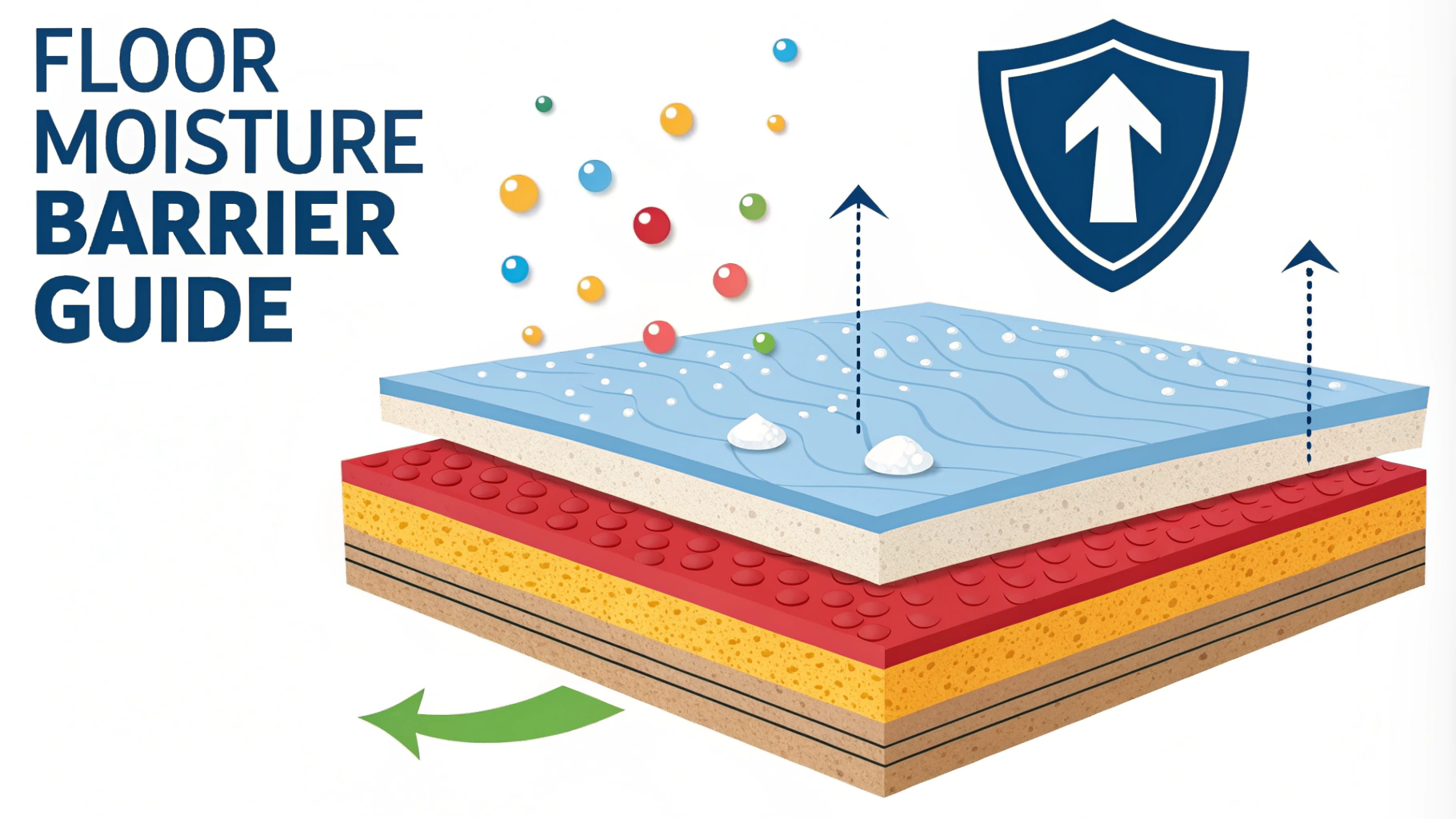Restoring and matching historic home flooring requires specialized knowledge to maintain authenticity while ensuring structural integrity.
Understanding the original materials, construction methods, and historical context helps create seamless repairs that preserve your home’s character.
This guide walks through the essential steps of identifying, restoring, and matching historic flooring materials to maintain your home’s architectural heritage.
Identifying Historic Flooring Types
- Heart Pine: Common in homes built before 1900
- Oak: Prevalent in homes from 1880-1940
- Maple: Popular in commercial spaces and homes 1900-1950
- Douglas Fir: Found in Western homes pre-1940
- Chestnut: Used before the blight of 1904
Assessment and Documentation
Take detailed photographs of existing flooring patterns, including close-ups of grain patterns and wear marks.
Measure board widths, lengths, and thickness to ensure accurate matching.
Document any unique features like inlays or borders that require special attention.
Sourcing Period-Appropriate Materials
- Salvage Yards: Architectural salvage companies specializing in period materials
- Specialty Mills: Custom millwork shops creating historically accurate reproductions
- Reclaimed Wood Dealers: Sources for aged wood with matching patina
Matching Techniques
| Technique | Application |
|---|---|
| Grain Matching | Aligning wood grain patterns for seamless integration |
| Color Blending | Using stains and finishes to match existing wood tones |
| Age Simulation | Techniques to replicate natural wear patterns |
Professional Resources
Contact the National Trust for Historic Preservation (savingplaces.org) for certified restoration specialists in your area.
Consult with the Historic Wood Floor Association for technical guidance and contractor referrals.
Maintenance Tips
- Use period-appropriate cleaning methods and products
- Maintain consistent humidity levels (35-55%)
- Address repairs promptly to prevent further damage
- Document all restoration work for future reference
Preserving Your Investment
Regular inspections can identify potential issues before they become major problems.
Consider installing UV-protective window films to prevent sun damage to historic floors.
Keep detailed records of all restoration work, including materials used and techniques applied, for future maintenance needs.
Installation and Repair Procedures
Preparation
- Remove existing damaged boards with specialized tools
- Clean and prepare subfloor thoroughly
- Acclimate new materials for minimum 1 week
- Check moisture content of both old and new wood
Installation Methods
Use period-appropriate nailing techniques and patterns to maintain historical accuracy. Hand-nailing may be necessary for authentic results.
Finishing Techniques
- Hand-scraping for authentic texture
- Traditional oil-based finishes
- Multi-step staining process
- Period-specific waxing methods
Common Challenges
| Challenge | Solution |
|---|---|
| Structural Issues | Reinforce joists and subfloor before restoration |
| Material Availability | Work with multiple suppliers, consider custom milling |
| Matching Patina | Use aging techniques and specialized finishes |
Preserving Historical Legacy
Proper restoration of historic flooring not only maintains the architectural integrity of your home but also preserves an important piece of cultural heritage for future generations.
Remember that each historic floor tells a unique story, and careful restoration work ensures these stories continue to be told through the authentic materials and craftsmanship of the past.
- Document all restoration work for historical records
- Consider applying for historic preservation grants
- Join local preservation societies for ongoing support
- Share knowledge with other historic homeowners
FAQs
- How can I determine the age and type of my historic hardwood floors?
Look for wear patterns, board widths (wider boards often indicate older floors), nail types (square nails suggest pre-1900), and wood species. Oak became popular in the late 1800s, while pine was common in earlier periods. - What’s the best way to match new wood flooring with historic floors?
Source wood of the same species, age, and grade. Reclaimed wood from the same era is ideal. Match the board width, thickness, and grain pattern. Consider custom milling to replicate original profiles. - Should I refinish or replace damaged sections of historic flooring?
Always try to preserve original materials when possible. Refinish if the wood is structurally sound with more than 1/8 inch wear layer remaining. Replace only severely damaged boards that can’t be salvaged. - What cleaning methods are safe for historic wood floors?
Use pH-neutral cleaners, avoid excess water, and clean with the grain. Never use steam cleaners or harsh chemicals. Sweep regularly and clean with barely damp mops only. - How do I address squeaky boards in historic floors?
Insert shims between the joists and subfloor from below, or use counter-snap screws from above. For historically accurate repairs, use cut nails and traditional methods when accessible. - What are appropriate finishes for historic wood floors?
Traditional oils, waxes, and shellac are historically accurate. Modern water-based polyurethanes can be used for better durability, though they weren’t used historically. - How do I repair water-damaged sections of historic flooring?
Dry the affected area completely, treat for mold if present, and assess structural integrity. Replace severely cupped or rotted boards with matching historical materials. Minor cupping may be corrected through humidity control. - What documentation should I maintain when restoring historic floors?
Photograph before, during, and after restoration. Document original materials, patterns, and finishes. Keep samples of removed materials and record all restoration methods and materials used. - How can I protect historic floors during renovation work?
Use breathable floor protection materials, avoid adhesive products, and use plywood for heavy traffic areas. Never seal protective coverings to the floor with tape. - What’s the best way to patch gaps in historic flooring?
Use matching wood strips for wide gaps, or rope caulk for smaller gaps. Traditional sawdust-and-varnish mixture can be used for very small gaps. Avoid modern fillers that don’t allow for natural wood movement.







